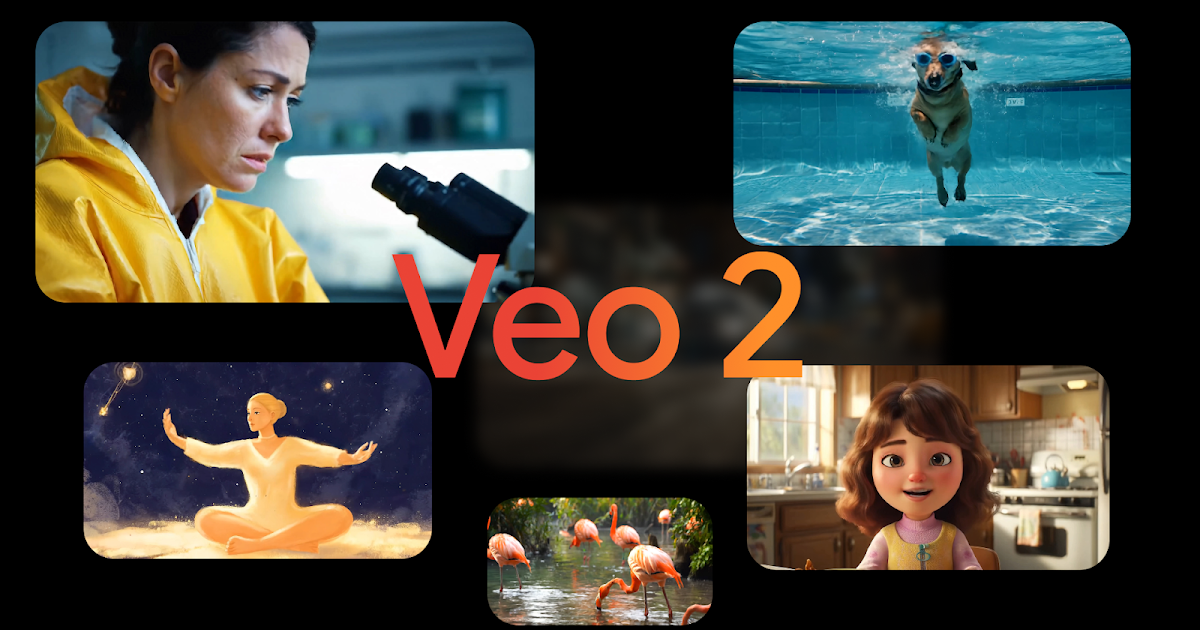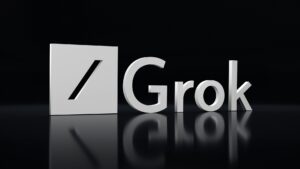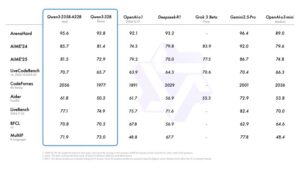DeepMind Introduces Veo 2, Competing with OpenAI’s Sora

Google DeepMind Unveils Veo 2: A Competitor to OpenAI’s Sora
Just one week after OpenAI introduced its much-anticipated Sora video generator, Google DeepMind has launched Veo 2, its new AI video generation model. This sophisticated tool has quickly attracted attention, highlighting Google’s aim to lead in the competitive landscape of AI video production.
Key Features of Veo 2
Veo 2 stands out with its ability to generate videos in up to 4K resolution, significantly improving upon its predecessor, Veo, which was limited to 1080p. The enhancements to this version include:
- Improved Resolution: Videos can now be created in stunning 4K, offering a clearer and more detailed visual experience.
- Enhanced Camera Control: Users can effortlessly produce various camera movements—from sweeping pans to tight close-ups—just by inputting text prompts.
- Advanced Physics Engine: This upgrade allows for more realistic movement, better fluid dynamics, and more accurate human expressions, addressing common challenges faced by AI in video production.
Performance Comparisons
According to Google, Veo 2 has demonstrated superior performance in user preference testing. In these assessments, 59% of testers preferred Veo 2’s output over OpenAI’s Sora Turbo, which is a faster version of Sora. Veo 2 also performed better than other competitors such as Meta’s Movie Gen and Minimax, though it fell slightly behind China’s Kling v1.5. Key advantages cited by Google include Veo 2’s improved grasp of physics, light refraction, and object motion.
Current Limitations
Though Veo 2 is capable of generating impressive videos in theory, its practical application is still limited. Currently, this system is only accessible via Google’s experimental VideoFX tool. Users can create clips with a maximum resolution of 720p and an eight-second duration. In comparison, OpenAI’s Sora can produce clips in 1080p resolution that last up to 20 seconds. However, Google promises to expand Veo 2’s functionalities, aiming for longer and higher-resolution videos in the future.
A notable challenge for Veo 2 is maintaining coherence in complex scenes. For example, accurately rendering intricate movements, such as gymnastics, remains a common hurdle not just for Veo 2 but also for other video tools on the market, including OpenAI’s Sora and Runway Gen-8 Alpha.
Tackling Misuse
To prevent misuse of this powerful AI tool, DeepMind has incorporated invisible SynthID watermarks into Veo 2’s outputs. This feature helps in identifying AI-generated content, mitigating concerns about the potential for misuse or misinformation.
Training Data Concerns
One significant question surrounding Veo 2 is the source of its training data. DeepMind has not revealed the origins of the videos used for training, although it is speculated that YouTube, owned by Google, may play a critical role in this aspect.
Expanding Access
Veo 2 is currently part of Google Labs’ VideoFX tool, which is being launched for U.S. users through a waitlist. Alongside Veo 2, DeepMind has introduced updates to its Imagen 3 text-to-image model, improving image quality and composition in its ImageFX tool, which is accessible in over 100 countries.
Through advancements in realism, cinematic control, and the potential for scaling features, Veo 2 positions itself as a strong contender in the evolving AI video creation space.






